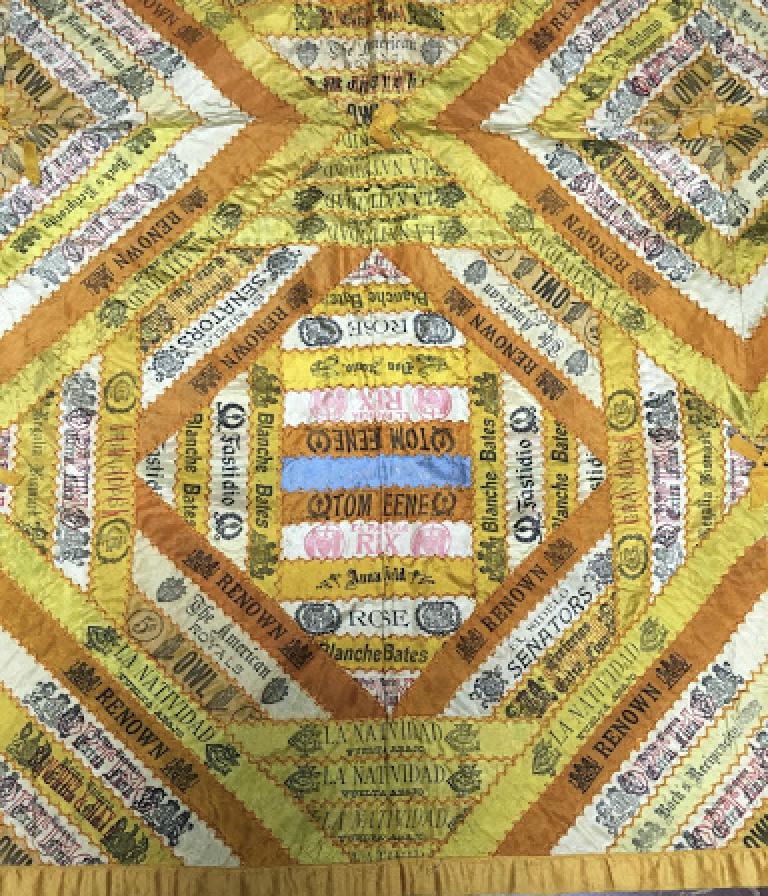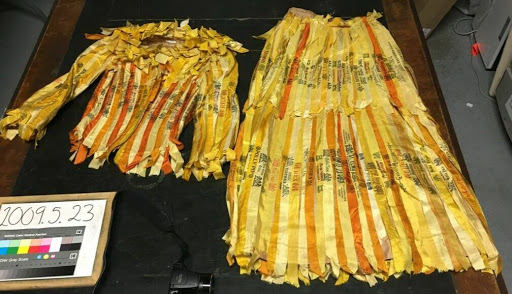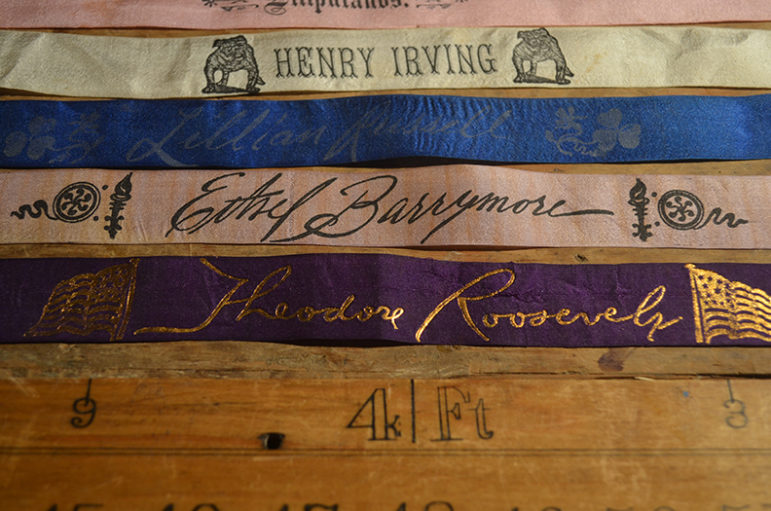Cigar smoking became popular in the United States after the Revolutionary War and was wildly popular during the Civil War. Think of the photographs of Ulysses S. Grant chomping on a cigar. He was a notorious lifelong cigar-smoker. Israel Putnam who lived in Connecticut is credited with introducing cigars, as we know them, to our country. He lived in the Pomfret/Brooklyn area of Connecticut. He distinguished himself in the Battle of Bunker Hill and as a major general under George Washington. Before that, in 1762, he brought back cigars and tobacco seeds from Havana while soldiering in the British Expedition against Cuba. Because of him, many cigars were made and sold locally in the 18th and 19th centuries.
As the tobacco industry increased, it became popular to bundle cigars in groups of six to 50 with a colorful silk ribbon imprinted with the cigar brand’s name. It was a good way to package the cigars and also to advertise a particular brand. The practice was started in Cuba and became industry-wide in America in the 1880s. Gerard Petrone claims that the first cigar ribbon factory in the United States was established in New York City in 1868. By 1900, around 350,000 cigar brands were available in the United States.

The silk ribbons were prized objects in the collecting mania that began with the leisure classes in the late 1800s. The craze for advertising novelties like the cigar silk ribbons was sparked by the distribution of manufacturers’ trading cards at the 1876 Philadelphia Exposition. A brisk trade in cigar ribbons developed from around 1875 to 1911 among women who sewed. Instructions for making pillows, quilts and tablecloths from cigar silk ribbons appeared in magazines like Housekeeping. Crazy quilts, log cabin and fan patterns were popular quilts made with the ribbons. Photographs of winning pillows made from them appeared in the Ladies’ Home Journal in September 1900. The Clarke Museum in Eureka, California even has a dress made from the ribbons, although the date of its manufacture is unknown.

The cigar silk ribbon craze slowed when manufacturers began encircling individual cigars with paper bands instead of bundling them in bulk. Also, at the turn of the century, cigarettes began eclipsing cigars in popularity. Cigarette manufacturers had already begun inserting trading cards, some featuring baseball players which were presumably collected by men. To attract more sales and women smokers, cigarette manufacturers turned to textiles. Small, beautifully illustrated pictures on silk or sateen or flannel squares imprinted with oriental and Navajo designs were inserted in the packs of cigarettes. Premium coupons were also inserted to be redeemed for larger textiles such as dollhouse rugs or appliques.

The tobacco novelties craze was short-lived. Most of the tobacco novelties were abandoned at the advent of World War I. Tobacco companies no longer needed to put in expensive free inserts into packages to sell their cigarettes. They had an army of men who were sent cigarettes in the trenches of World War I. Those who came home were addicted to nicotine.
The King House has a small display of cigar silk ribbons.